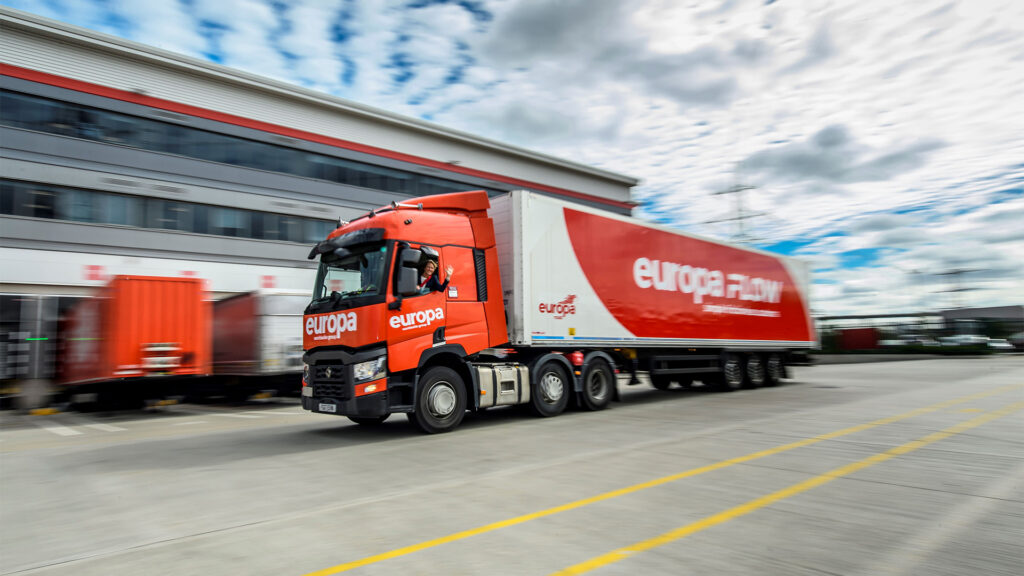Of all the different industries out there, finance tends to be dominated by acronyms more than most. Sure, the internet brought us terms like HTTP and URL but, as most people log on to their favourite websites on a daily basis, there’s a good chance that they’re going to pick up each different meaning naturally. Finance can be a much more occasional concern, so phrases like SIPP tend to need a glossary.
Investments
SIPP refers to a Self-invested Personal Pension – and, mercifully, it’s one of the more straightforward concepts out there. SIPPs are financial products that are entirely optional, that is, they’re opened at the whims of their owner. Compare this to something like a workplace pension, which the US Department of Labor refers to as a defined contribution plan. These usually come bundled in with contracts.
Of course, a SIPP needs to be paid into regularly in order to be of any use. While these payments can be of any size, depending on the financial situation of the holder, SIPPs can be owned for a particular purpose too. For instance, owners of SIPPs can put some of their cash into stocks, shares, and even land. Most providers do not allow investments into residential assets though, like homes.
There may also be different ways for holders to access their money. A Hargreaves Lansdown review by the Investing Reviews website notes that there are four different options for accessing a pension from this company, namely, drawdown, annuity, lump sum, and mix-and-match. While these do require some explanation, they nevertheless demonstrate the increased flexibility of SIPPs over other financial products.
Options
Let’s start with the drawdown option. As mentioned, SIPPs are generally used to keep at least some money invested in one thing or another. A drawdown means that the owner can still take an income from their pension, whilst keeping the basic premise of the SIPP, i.e. investment, intact. The good thing about this option is that a part of the income taken (25%) is tax-free.
The downside is that funds in SIPPs are finite and need to be handled carefully. The CNBC website goes a little deeper into the source of retirees’ income.
The second option is an annuity, which is the least flexible option for a SIPP but one that allows the holder to take an income from their pension. Once again, a quarter of this “wage” is tax-free. The combination of a drawdown option and an annuity actually forms the third option on this list, mix-and-match. A mix-and-match option provides the best of both worlds, albeit with all the flaws combined.
Finally, the lump sum option is the least graceful (but most adaptable) way of dealing with a SIPP. Lump sum SIPPs work similarly to a bank account, in that monies are always available. Obviously, much like drawdowns, this option requires a delicate touch, as the funds available can be exhausted. It’s worth mentioning here that a raft of fees can also apply to SIPPs, compounding matters a little.
SIPPs can be a fruitful investment and pension product for just about anybody, given the different options available to owners.



























